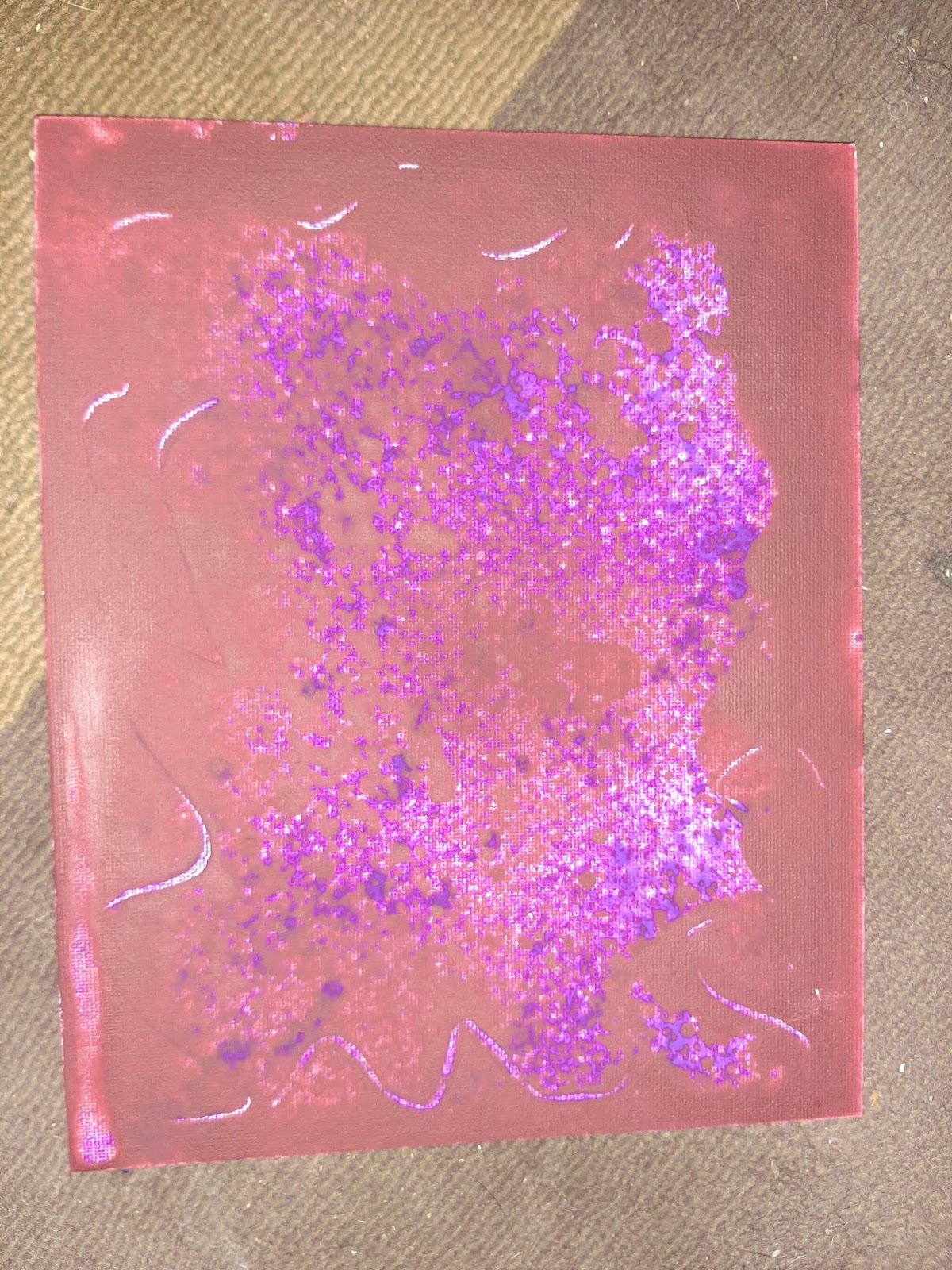

Once you see the spray pattern, you can adjust your technique and determine how far away from the workpiece you must hold the can.Īlso, when spray-painting large or long items, start spraying an inch or so off the near edge of the piece, and continue spraying all the way across and off the far edge. Now, and this is important, test the can’s spray pattern by spraying some paint onto a large piece of cardboard or scrap plywood. That’ll provide plenty of protection from overspray as you apply the paint.īefore spray-painting the workpiece, shake the can until you hear the mixing ball inside bouncing around. Instead, spread out a large plastic or, better yet, canvas drop cloth. To capture overspray when spray painting larger projects, don't waste time taping together sheets of newspaper they’ll only rip and fall apart as you paint. Stand the cardboard up-preferably outside-and then spray on the paint. To spray paint small fasteners, such as screws, nails, bolts, cup hooks and screw eyes, try this trick: Stick them into a sheet of cardboard. Just be sure to keep the can at a consistent distance from the piece to avoid drips. Then slowly rotate the turntable as you spray on the paint. Remember, the key to a smooth finished coat of spray paint is starting with a sanded-smooth, primed surface.Ī simple, yet effective way to spray paint smaller items is to put them on a lazy Susan turntable, which you can buy for as little as $6. And after sanding, be sure to use a tack cloth to remove any sanding dust before applying the next coat of primer or paint. If you don’t want to buy a sanding block, make one from a short length of 1x3 or 1x4. You can use an orbital finishing sander, but hand sanding with a sanding block wrapped in sandpaper is just as effective.

Sanding the primer with very fine sandpaper- 180-or 220-grit-will knock down the raised grain and leave behind a smooth surface for the next primer coat, and then finally the paint topcoat. You can brush on the primer, but spray primer is much quicker.Īpplying a primer and then sanding is especially important when spray-painting wood because the first coat of primer will raise the wood’s grain, creating a fuzzy, rough-textured surface. So, before spraying on the final coat of paint, you must sand the surface smooth and then apply at least two primer coats. Spray paint typically has a sheen that, when dry, reflects light and emphasizes any surface imperfections, including scratches, dents and nicks. Here, are our top 10 spray painting tips: Practice and experience certainly helps, but there are also several techniques that’ll help you spray paint like a pro. The challenge is how do you apply a smooth, even coat of paint without runs, drips and errors? Spraying paint is deceivingly simple to do, but difficult to perfect. There’s no quicker, more convenient way to paint small- to medium-size parts and projects than with spray paint.


 0 kommentar(er)
0 kommentar(er)
